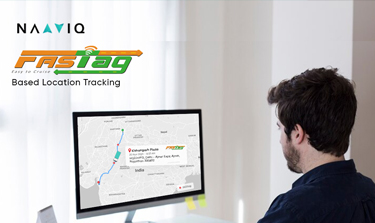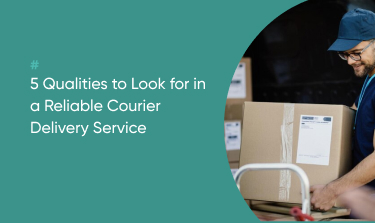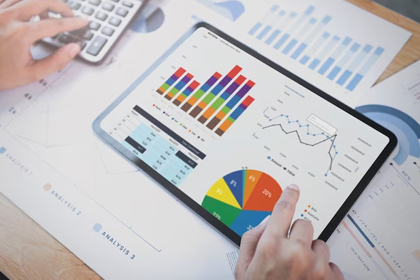
1. Route Optimization for Fuel Efficiency
One of the most effective ways to reduce carbon footprints in logistics is through route optimization. Traditional routes often fail to consider real-time traffic, road closures, and weather conditions, leading to higher fuel consumption and emissions. Intelligent route optimization ensures streamlined delivery routes, minimizing both fuel usage and emissions.
How It Works:
Route optimization algorithms consider variables such as traffic conditions, road conditions, and customer preferences. These algorithms calculate the shortest, fastest, and most fuel-efficient routes, reducing time on the road and, consequently, greenhouse gas emissions.
Real-World Example:
A logistics company implemented route optimization software and reduced fuel expenses by 15%, cutting carbon dioxide emissions by the same percentage. By planning optimized routes, the company not only minimized environmental degradation but also enhanced delivery speed and reduced costs—a win-win for both the environment and the business.
2. Warehouse Automation for Energy Conservation
Lighting, heating, and equipment usage in warehouses consume significant energy. Intelligent warehouse automation employs energy-efficient technologies to reduce consumption while streamlining operations.
Intelligent Systems for Energy Efficiency:
Automated systems, such as robotic picking and automated storage and retrieval systems, require less energy for lighting and temperature control compared to human-operated systems. Real-time monitoring of energy consumption enables warehouses to optimize usage during low-demand periods.
Example of Savings:
A distribution center using automated warehousing systems reduced energy bills by 25%. By optimizing lighting, heating, and machinery, the center minimized repetitive energy practices, creating a green supply chain.
3. Electric and Alternative Fuel Vehicles for Cleaner Transportation
Electric and alternative fuel vehicles produce significantly lower emissions compared to traditional gas and diesel vehicles. Intelligent logistics software supports the adoption of sustainable fleets by optimizing routes and schedules based on factors such as battery life, charging station locations, and range limits.
Transitioning to a Sustainable Fleet:
By analyzing organizational needs, logistics technologies recommend the ideal time and locations for transitioning to alternative fuel vehicles.
Case Study:
In densely populated urban areas, where air pollution is a concern, a logistics company incorporated electric vehicles into its fleet. The software scheduled deliveries based on battery range and charging station proximity, reducing emissions without affecting delivery timelines.
4. Real-Time Monitoring for Minimizing Idle Time
Vehicle and machinery idle time in warehouses or distribution centers leads to unnecessary fuel consumption and emissions. Real-time monitoring technologies help identify and address idle times, significantly reducing emissions.
Reducing Idle Time in Practice:
For vehicles, GPS tracking alerts users when drivers exceed acceptable idling times, suggesting alternatives to reduce waiting time. Advanced warehouse sensors monitor equipment usage, addressing unnecessary activity promptly.
Real-World Impact:
A distribution company cut fleet idle time by 20% using real-time monitoring. This reduction translated to substantial fuel savings and lower emissions, allowing the company to invest in further green practices.
5. Demand Forecasting for Optimized Inventory Management
Predictive analytics in demand forecasting uses historical data, market trends, and real-time sales data to align inventory levels with demand. This minimizes surplus stock, reduces energy consumption in warehouses, and avoids emissions from expedited shipments.
Example of Efficient Inventory Management:
A consumer goods company implemented demand forecasting systems, reducing excess inventory by 30%. This optimization lowered energy use in warehouses and emissions from last-minute shipments, enabling a more sustainable supply chain.
Conclusion: Moving Towards a Greener Future with Intelligent Logistics
Intelligent logistics technologies offer incredible opportunities for businesses to reduce carbon emissions while increasing operational efficiency. From route optimization and warehouse automation to integrating EVs, real-time monitoring, and demand forecasting, these technologies empower companies to adopt sustainable practices without compromising delivery quality or speed.
With growing global awareness of climate change, companies that prioritize environmental responsibility gain a competitive edge, attracting eco-conscious consumers and enhancing their reputation.
At NaaviQ, we help businesses implement intelligent logistics solutions to achieve sustainability goals. These solutions simplify logistics complexity while minimizing environmental impact. Explore these strategies to establish greener logistics operations, reduce emissions, and pave the way for sustainable growth.




